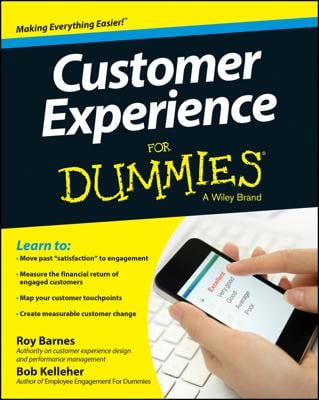So, what determines efficiency in your business as far as customer service? Setting goals that describe exactly what you want to happen also involves measuring whether or not these goals are being met.
When you call to confirm an order, you want confirmation within one minute or less. If you go online, you want easy, one-click confirmation capability. Better yet, you want an e-mail proactively confirming your order, when it is shipped, when you can expect it, and telling you of anything that comes up to delay or affect your order. Not a problem, right?
For a company, efficiency also implies simple, effective systems to enable customers to have this capability. So, how do you measure customer service efficiency?
Start by considering what is important to the customer, in terms of service: Reliable, receptive, timely responses come to mind, along with simple, effective, and easy-to-use self-help tools. This is easy to envision, because everyone’s someone’s customer. You want these things from the businesses you buy products and services from and interact with frequently.
These kinds of characteristics are what are called Key Performance Indicators, or KPIs. They indicate whether service is performed at a desired level, as measured specifically to established targets or goals.
For example, timeliness in response is a KPI, which can be measured by tracking the percent of incidents that had a response within 24 hours. Ease of use and simplicity may be measured in tracking the number of screens and clicks required to complete a request. Resolution may be measured through tracking issues or questions resolved within two days, or by method of resolution.
As you can see, KPIs can be measured different ways, depending on the organization’s customer service approach and goals. After you have identified the customer-defined measures, then you can review the policies, processes, and systems that you have in place to enable these goals to determine how efficient they are.
Processes that provide for rapid response and resolution can be measured in terms of how much effort was required per each customer interaction, or dollar value settled, or by percent escalated for resolution. The internal efficiency measures would be selected to best represent performance against key business performance KPIs such as cost, resources, time, and any operational expense and/or capital investment required.

